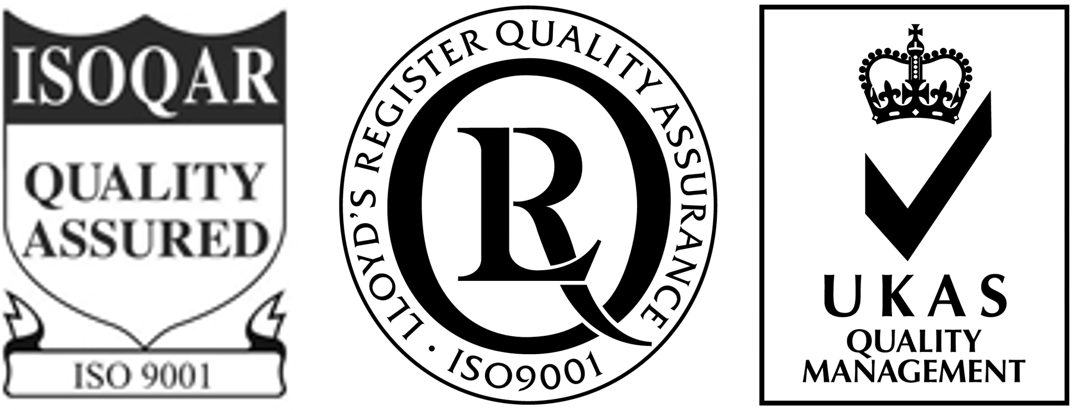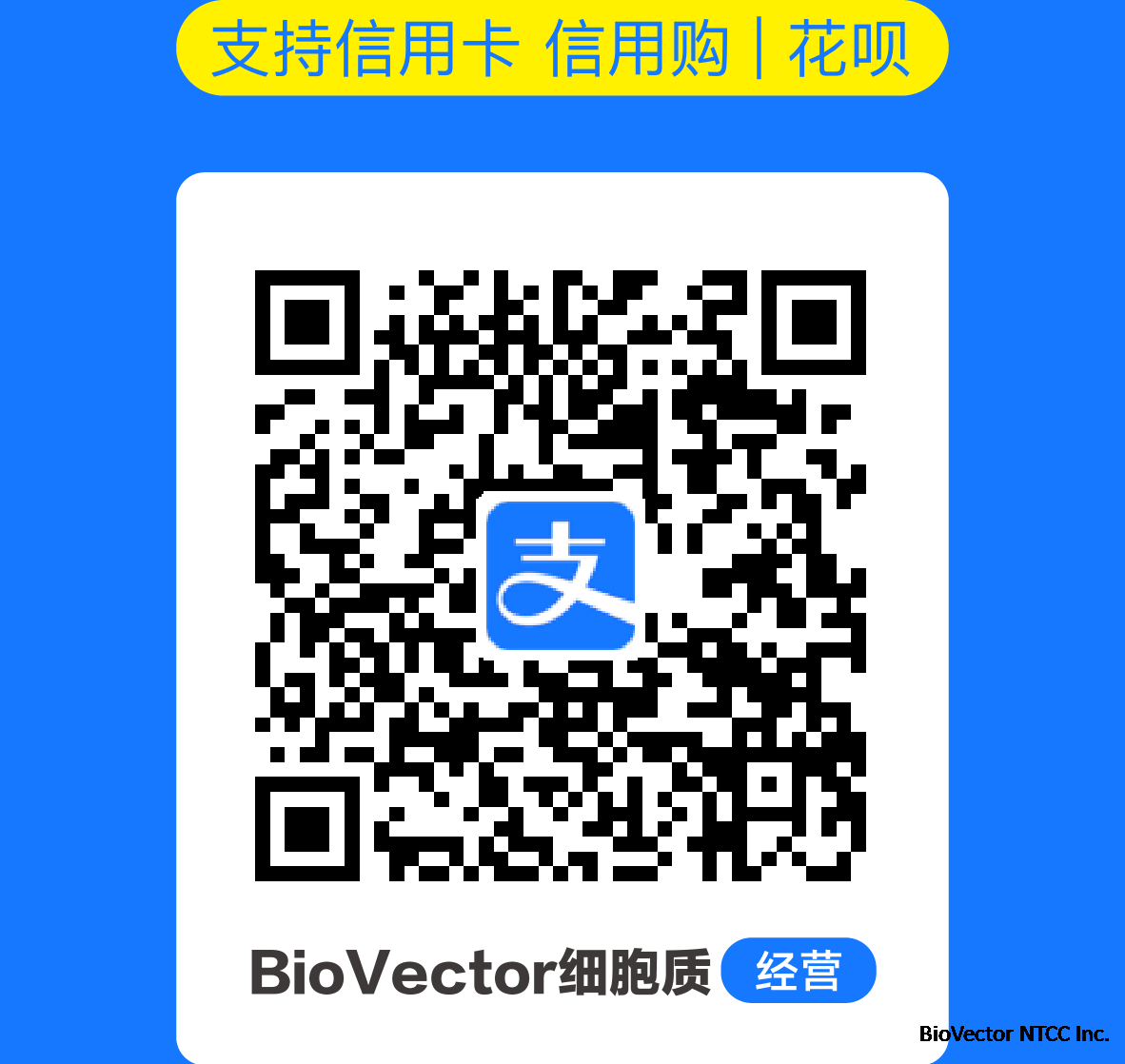VCaP cell line人前列腺癌细胞株 BioVector NTCC质粒载体菌种细胞基因保藏中心
- 价 格:¥39865
- 货 号:VCaP cell line人前列腺癌细胞株
- 产 地:北京
- BioVector NTCC典型培养物保藏中心
- 联系人:Dr.Xu, Biovector NTCC Inc.
电话:400-800-2947 工作QQ:1843439339 (微信同号)
邮件:Biovector@163.com
手机:18901268599
地址:北京
- 已注册
VCaP cell line人前列腺癌细胞株 BioVector NTCC质粒载体菌种细胞基因保藏中心
VCaP cell line Organism: Homo sapiens, human / Cell Type: epithelial / Tissue: prostate; derived from metastatic site: vertebral metastasis / Disease:cancer Cat No.: NTCC-A2876 Organism Homo sapiens, human Tissue prostate; derived from metastatic site: vertebral metastasis Cell Type epithelial Product Format frozen Morphology epithelial Culture Properties adherent Biosafety Level 2 [Cells produce the mouse xenotropic retrovirus Bxv-1] Disease cancer Age 59 years Gender male Ethnicity Caucasian Derivation This line was established in 1997 from a vertebral bone metastasis from a patient with hormone refractory prostate cancer. It was passaged as xenografts in mice then cultured in vitro. It is androgen sensitive in vitro and in vivo. Clinical Data 59 years Caucasian male Antigen Expression cytokeratin-18; Homo sapiens, expressed p53 antigen; Homo sapiens, expressed prostate specific antigen (PSA); Homo sapiens, expressed prostatic acid phosphatase (PAP); Homo sapiens, expressed Rb protein; Homo sapiens, expressed Genes Expressed cytokeratin-18; Homo sapiens, expressed ,p53 antigen; Homo sapiens, expressed ,prostate specific antigen (PSA); Homo sapiens, expressed ,prostatic acid phosphatase (PAP); Homo sapiens, expressed ,Rb protein; Homo sapiens, expressed Tumorigenic Yes Effects Yes, in nude and SCID mice Comments Recently, it has been shown that VCaP prostate cancer cells produce the mouse xenotropic retrovirus Bxv-1, which was likely acquired by the cells during their xenotransplantation in mice. VCaP is a very slow growing cell line and can take up to 48 hours to attach post-thaw and after subcultures. It can routinely take a minimum of 2 weeks or more for cells to reach approximately 50% confluence with a dense mixture of adherent cells, floating clusters and moderate to heavy debris is always present. The cells may recover better in a T-25 flask compared to a T75 flask. Do not discard any floating cells that may be present during medium changes and subcultures. Instead, spin them down using gentle centrifugation and add them back to the adherent population. The cells attach in small tightly formed clusters and some single cells. As the cells attach and start to proliferate and spread, they will grow as flattened epithelial-like islands of tightly packed cells. Images: Complete Growth Medium The base medium for this cell line is Dulbecco's Modified Eagle's Medium. To make the complete growth medium, add the following components to the base medium: fetal bovine serum to a final concentration of 10%. Subculturing Volumes are given for a 75 cm2 flask. Increase or decrease the amount of dissociation medium needed proportionally for culture vessels of other sizes. Corning® T-75 flasks (catalog #430641) are recommended for subculturing this product. 1. Remove and discard culture medium. 2. Briefly rinse the cell layer with Hank's Balanced Salt Solution or 0.25% (w/v) Trypsin- 0.53 mM EDTA solution to remove all traces of serum that contains trypsin inhibitor. 3. Add 1.0 to 2.0 mL of Trypsin-EDTA solution to flask and observe cells under an inverted microscope until cell layer is dispersed (usually within 5 to 15 minutes). Note: To avoid clumping do not agitate the cells by hitting or shaking the flask while waiting for the cells to detach. Cells that are difficult to detach may be placed at 37°C to facilitate dispersal. 4. Add 6.0 to 8.0 mL of complete growth medium and aspirate cells by gently pipetting. 5. Add appropriate aliquots of the cell suspension to new culture vessels. An inoculum of 2 X 104 to 4 X 104 viable cells/cm2 is recommended. 6. Incubate cultures at 37°C. Interval: Subculture when the cell concentration reaches between 1 X 105 and 2 X 105 cells/cm2. Subcultivation Ratio: 1:3 to 1:4 Cryopreservation Freeze medium: 95% growth medium; 5% DMSO Storage temperature: liquid nitrogen vapor phase Culture Conditions Atmosphere: air, 95%; carbon dioxide (CO2), 5% Temperature: 37°C STR Profile Amelogenin: X,Y CSF1PO: 10,12 D13S317: 11,12 D16S539: 9 D5S818: 12 D7S820: 9,12 TH01: 9.3 TPOX: 8,11 vWA: 18,19 Population Doubling Time about 53 hours Passage History This line was established in 1997 from a vertebral bone metastasis from a patient with hormone refractory prostate cancer. It was passaged as xenografts in mice then cultured in vitro. It is androgen sensitive in vitro and in vivo. Year of Origin 1997 References Korenchuk S, et al. VCaP, a cell-based model system of human prostate cancer . In Vivo 15: 163-168, 2001. PubMed: 11317522
【Supplier来源】BioVector NTCC Inc.
TEL:+86-010-53513060
【Website网址】 http://www.biovector.net
VCaP cell line Organism: Homo sapiens, human / Cell Type: epithelial / Tissue: prostate; derived from metastatic site: vertebral metastasis / Disease:cancer Cat No.: NTCC-A2876 Organism Homo sapiens, human Tissue prostate; derived from metastatic site: vertebral metastasis Cell Type epithelial Product Format frozen Morphology epithelial Culture Properties adherent Biosafety Level 2 [Cells produce the mouse xenotropic retrovirus Bxv-1] Disease cancer Age 59 years Gender male Ethnicity Caucasian Derivation This line was established in 1997 from a vertebral bone metastasis from a patient with hormone refractory prostate cancer. It was passaged as xenografts in mice then cultured in vitro. It is androgen sensitive in vitro and in vivo. Clinical Data 59 years Caucasian male Antigen Expression cytokeratin-18; Homo sapiens, expressed p53 antigen; Homo sapiens, expressed prostate specific antigen (PSA); Homo sapiens, expressed prostatic acid phosphatase (PAP); Homo sapiens, expressed Rb protein; Homo sapiens, expressed Genes Expressed cytokeratin-18; Homo sapiens, expressed ,p53 antigen; Homo sapiens, expressed ,prostate specific antigen (PSA); Homo sapiens, expressed ,prostatic acid phosphatase (PAP); Homo sapiens, expressed ,Rb protein; Homo sapiens, expressed Tumorigenic Yes Effects Yes, in nude and SCID mice Comments Recently, it has been shown that VCaP prostate cancer cells produce the mouse xenotropic retrovirus Bxv-1, which was likely acquired by the cells during their xenotransplantation in mice. VCaP is a very slow growing cell line and can take up to 48 hours to attach post-thaw and after subcultures. It can routinely take a minimum of 2 weeks or more for cells to reach approximately 50% confluence with a dense mixture of adherent cells, floating clusters and moderate to heavy debris is always present. The cells may recover better in a T-25 flask compared to a T75 flask. Do not discard any floating cells that may be present during medium changes and subcultures. Instead, spin them down using gentle centrifugation and add them back to the adherent population. The cells attach in small tightly formed clusters and some single cells. As the cells attach and start to proliferate and spread, they will grow as flattened epithelial-like islands of tightly packed cells. Images: Complete Growth Medium The base medium for this cell line is Dulbecco's Modified Eagle's Medium. To make the complete growth medium, add the following components to the base medium: fetal bovine serum to a final concentration of 10%. Subculturing Volumes are given for a 75 cm2 flask. Increase or decrease the amount of dissociation medium needed proportionally for culture vessels of other sizes. Corning® T-75 flasks (catalog #430641) are recommended for subculturing this product. 1. Remove and discard culture medium. 2. Briefly rinse the cell layer with Hank's Balanced Salt Solution or 0.25% (w/v) Trypsin- 0.53 mM EDTA solution to remove all traces of serum that contains trypsin inhibitor. 3. Add 1.0 to 2.0 mL of Trypsin-EDTA solution to flask and observe cells under an inverted microscope until cell layer is dispersed (usually within 5 to 15 minutes). Note: To avoid clumping do not agitate the cells by hitting or shaking the flask while waiting for the cells to detach. Cells that are difficult to detach may be placed at 37°C to facilitate dispersal. 4. Add 6.0 to 8.0 mL of complete growth medium and aspirate cells by gently pipetting. 5. Add appropriate aliquots of the cell suspension to new culture vessels. An inoculum of 2 X 104 to 4 X 104 viable cells/cm2 is recommended. 6. Incubate cultures at 37°C. Interval: Subculture when the cell concentration reaches between 1 X 105 and 2 X 105 cells/cm2. Subcultivation Ratio: 1:3 to 1:4 Cryopreservation Freeze medium: 95% growth medium; 5% DMSO Storage temperature: liquid nitrogen vapor phase Culture Conditions Atmosphere: air, 95%; carbon dioxide (CO2), 5% Temperature: 37°C STR Profile Amelogenin: X,Y CSF1PO: 10,12 D13S317: 11,12 D16S539: 9 D5S818: 12 D7S820: 9,12 TH01: 9.3 TPOX: 8,11 vWA: 18,19 Population Doubling Time about 53 hours Passage History This line was established in 1997 from a vertebral bone metastasis from a patient with hormone refractory prostate cancer. It was passaged as xenografts in mice then cultured in vitro. It is androgen sensitive in vitro and in vivo. Year of Origin 1997 References Korenchuk S, et al. VCaP, a cell-based model system of human prostate cancer . In Vivo 15: 163-168, 2001. PubMed: 11317522
【Supplier来源】BioVector NTCC Inc.
TEL:+86-010-53513060
【Website网址】 http://www.biovector.net
您正在向 biovector.net 发送关于产品 VCaP cell line人前列腺癌细胞株 BioVector NTCC质粒载体菌种细胞基因保藏中心 的询问
- 公告/新闻



 免费订购电话: 400-800-2947
免费订购电话: 400-800-2947